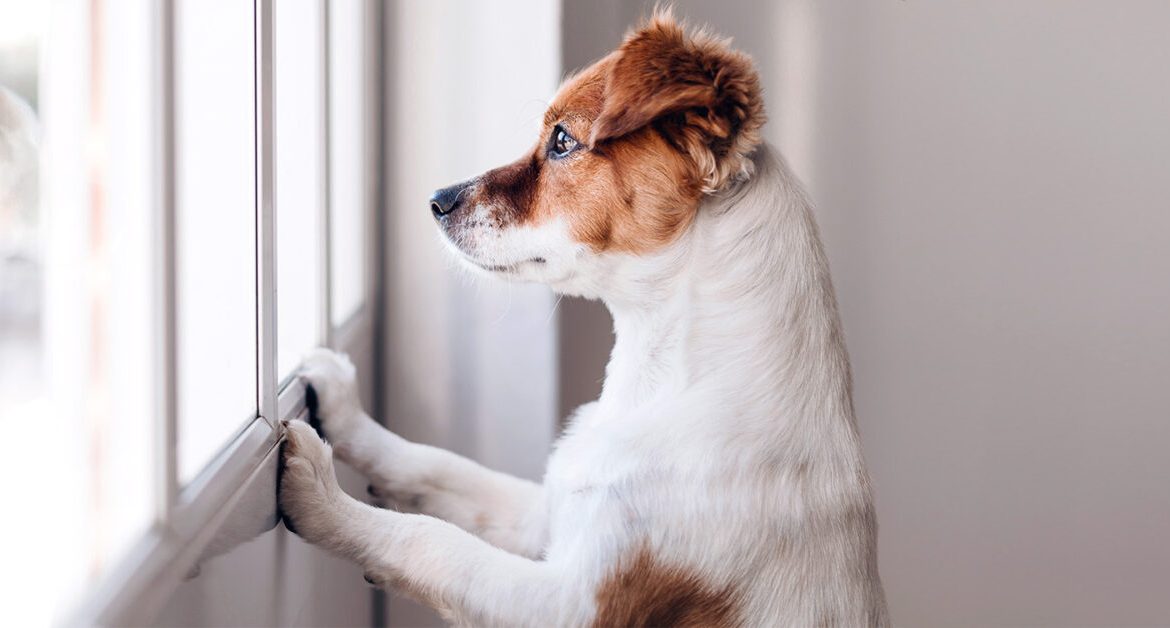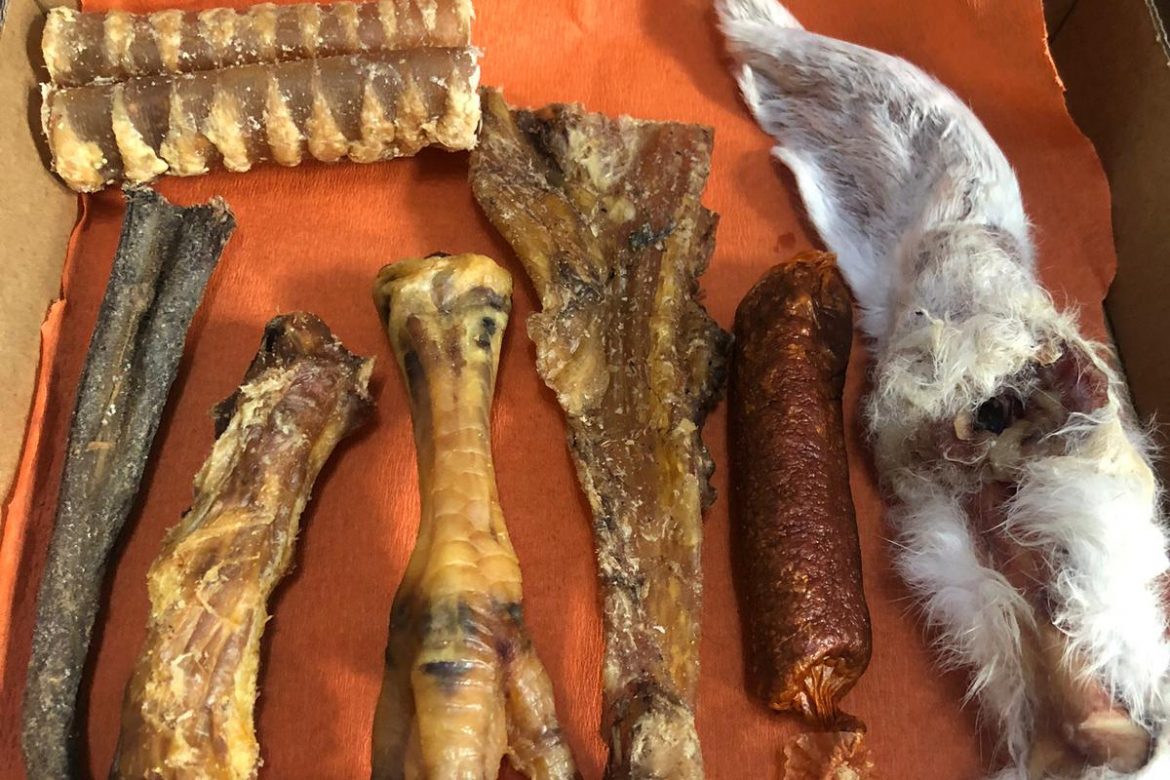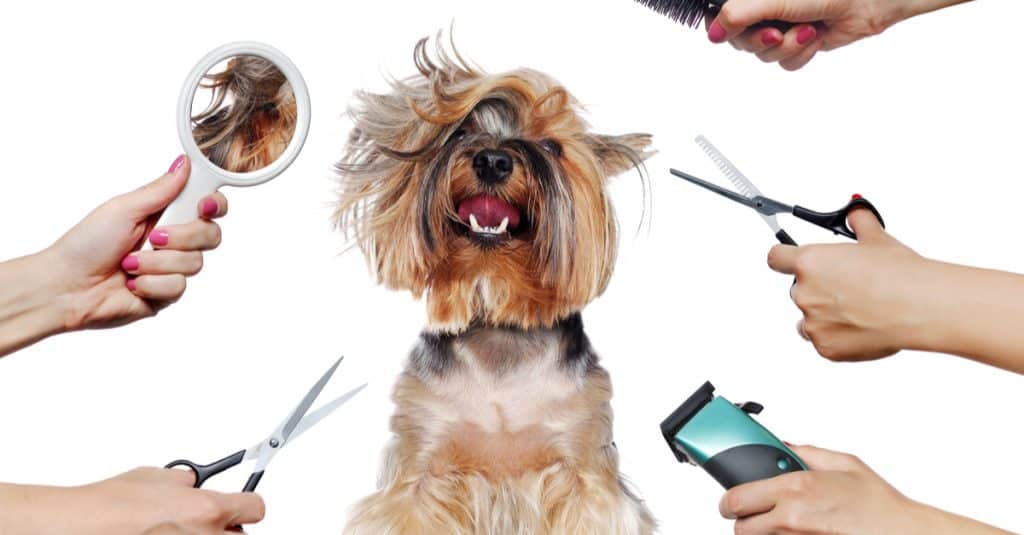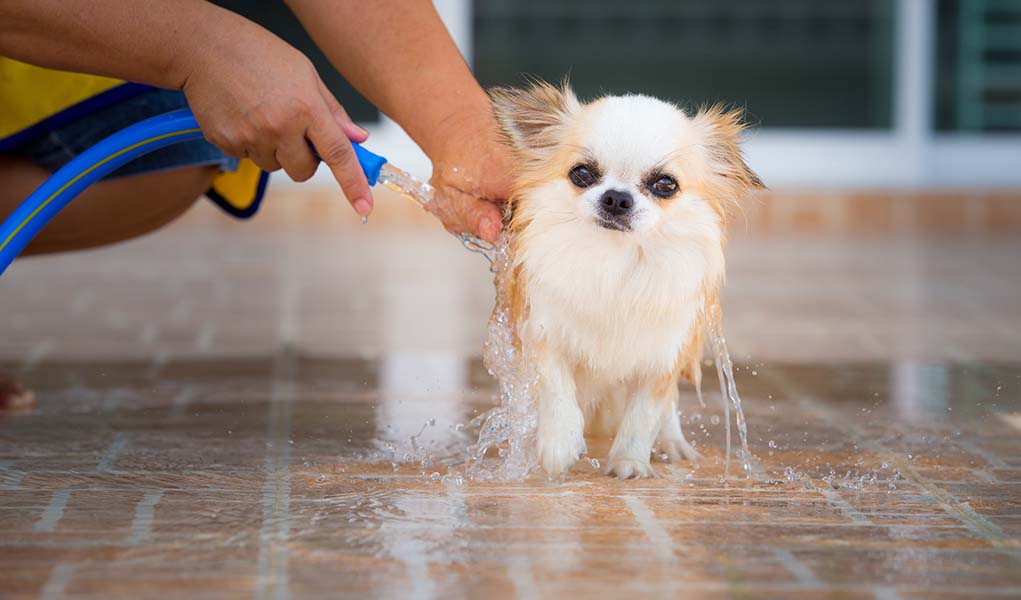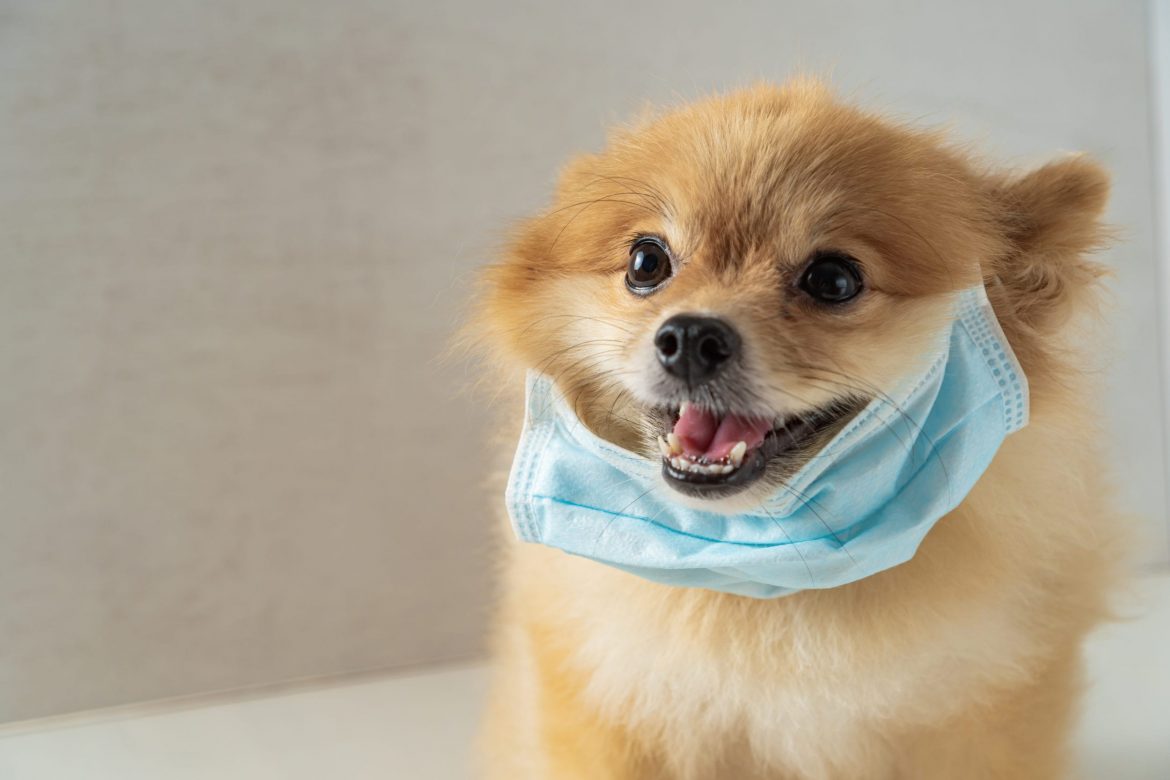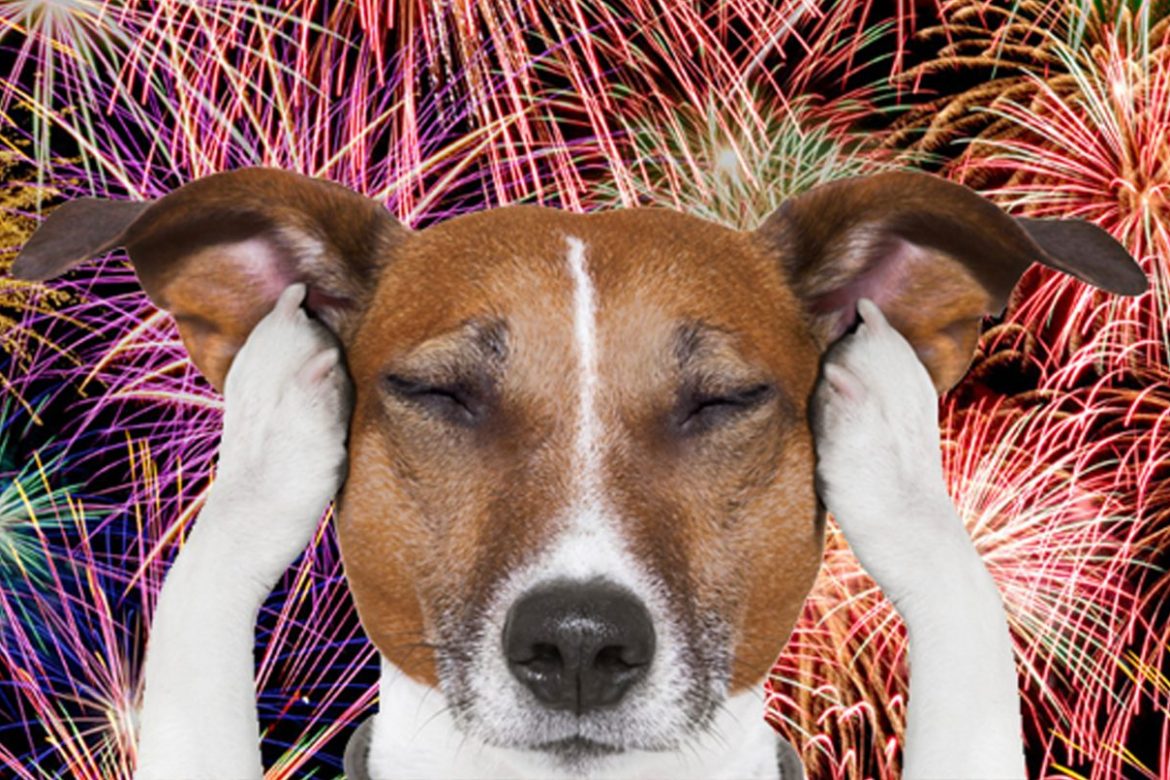As we take a few more steps toward another new notion of normal, lets’ take our hats off and say a great big ‘THANK YOU’ to our pets for helping to keep us sane and feeling useful during the lock-down.
Pets can help people to live ‘mentally healthier lives’ by providing comfort, companionship and motivation. Lock-down has been really tough on everybody, especially those who live alone and owners have been praising their gorgeous dogs across the nation.
Now, we all know what a positive impact our pets have had on our mental health since the very beginning of the pandemic.
We now owe it to our pets to think ahead and try and relieve any stress they may feel when it is time for us to change their routine again and go back to work.
The pandemic has meant that we have spent a lot more quality time with our pets.
Dogs are social animals and most of them – haha – love our company! But some may become extremely anxious when they’re away from us all of a sudden. This is called separation anxiety.
Some of you may have even gotten your pet during the knockdown which means they won’t have spent much time – if any at all – away from you.
We should be proactive in making plans now and not delaying. Taking steps now will help them in weeks and months to come and will ultimately leave your pets feeling calmer and more relaxed.
How you start this process of separation depends on your dogs’ tendencies. If you know your pet gets anxious when you leave, we suggest you start off by taking things slowly.
Separation anxiety can turn into a major behavioral issue over time if it is left unchecked. And that’s the last thing you want for you and your pet.
Anxiety could present itself in the form of; panting, barking, whining, lip licking, attempts to escape, yawning and in some cases urination and defecation.
This process is all about supporting your dog during the adjustment period. Therefore, to avoid any unnecessary trauma manifesting, taking it slow and finding ways to tailor your approach would work perfectly. Be at one with your pooch we say!
They are very sensitive to minor changes in environment and energies.
If your dog is very anxious, start by taking a few steps towards the door and returning to comfort them when needed.
You can increase the time slowly and be sure to be there if needed. It’s a trust exorcise.
Leaving the TV or radio on is a good distraction for them or even leaving food puzzles for them to work out whilst you’re at home but in another room.
You could eventually be separated by a door or a child gate when your dog is comfortable. If your dog doesn’t show signs of anxiety – you can start off with longer bursts of separation.
The is the start of you factoring in time away from your dog each day – in order to help them cope when alone.
You can eventually start to organise their day with time apart, play times, exercise, food puzzle activities and quiet times. If you know your pet will be traveling in a car with you – now is the time to prepare them for that with short trips locally.
Picking up your keys and assessing your dogs’ reaction is another great one to help build your dogs’ resilience. Building positive associations with food rewards is a great way to help instigate new routine whilst helping them have a bit of fun.
Take baby steps with them towards a positive change.

